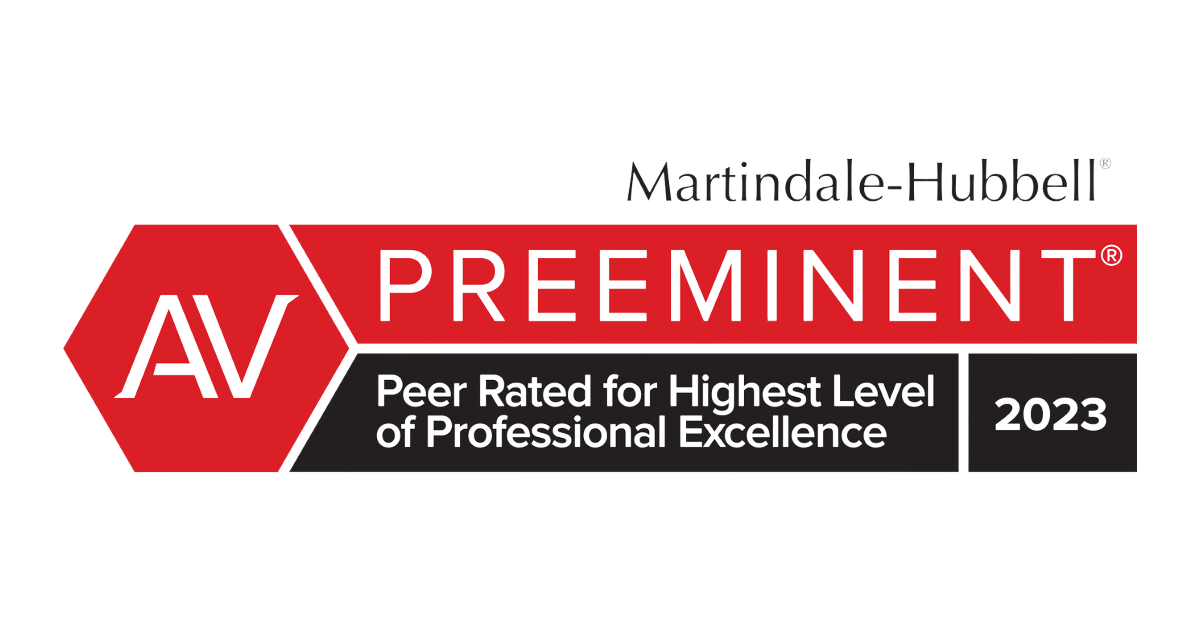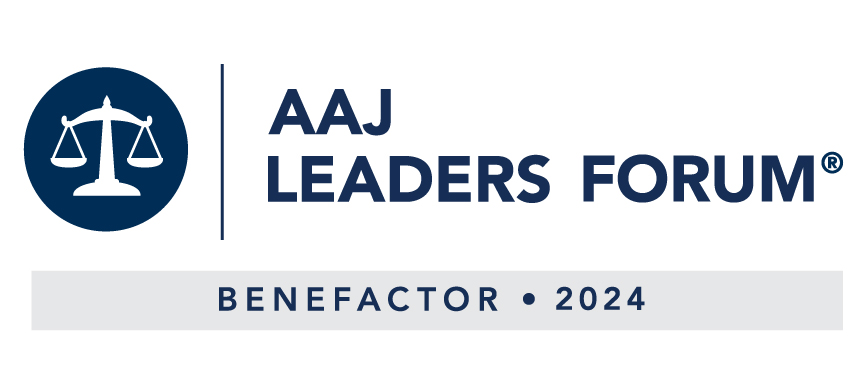
High Levels of Toxic and Carcinogenic PFAS ‘Forever’ Chemicals Found Globally in Groundwater
April 29, 2024In a decisive move aimed at safeguarding communities from industrial pollution, the US Environmental Protection Agency (EPA) unveiled a set of stringent regulations this Tuesday, casting a protective net over neighborhoods lying in the vicinity of over 200 manufacturing facilities known for emitting toxic airborne substances. This groundbreaking initiative targets a cocktail of hazardous pollutants including ethylene oxide, chloroprene, benzene, vinyl chloride, 1,3-butadiene, and ethylene dichloride, marking a pivotal moment in the agency's ongoing battle against environmental pollutants.
The urgency of these new measures is underscored by alarming EPA research, revealing that approximately 104,000 Americans residing within a 6-mile radius of certain factories engaged in the production of synthetic organic chemicals or their application in polymer and resin manufacturing are subjected to cancer risks exceeding the agency's threshold of 1 in 10,000 individuals. This statistic is not just a number; it represents a significant health risk that the EPA finds intolerable.
Further studies by the EPA have painted a grim picture of the demographic most affected by these toxic emissions. It has been observed that the populations dwelling near these industrial chemical hubs are predominantly from low-income backgrounds and are more likely to be of Black or Latino ethnicity when compared to the broader populace. This revelation adds a layer of social injustice to the environmental peril, highlighting the intersectionality of pollution, poverty, and racial disparities.
In a bold response to these challenges, the EPA's new rule mandates a dramatic reduction in the permissible levels of hazardous pollutants, aiming to cut down emissions by approximately 6,200 pounds. This regulation is anticipated to significantly diminish the cancer risks associated with these airborne toxins, providing a beacon of hope for those living under the shadow of industrial pollution.
EPA Administrator Michael Regan emphasized the transformative impact of this regulation, projecting a staggering 96% reduction in cancer risk for the affected communities. This initiative is not just about numbers and percentages; it's about the tangible difference it makes in the lives of individuals and families who have been living with the looming threat of serious health conditions. The rule's implications extend far beyond regulatory compliance; it touches on the very essence of public health and environmental justice.
Adding a layer of accountability, the regulation introduces a groundbreaking requirement for air monitoring at the fence lines of these facilities. This provision ensures that companies are not only aware of potential leaks of hazardous air pollutants but are also compelled to address them promptly if they exceed safe thresholds. This approach represents a proactive stance in pollution control, shifting from reactive measures to preventive strategies.
The introduction of fence line monitoring is a testament to the power of advocacy and the relentless pursuit of environmental justice by groups such as Earthjustice. Patrice Simms, Vice President for Healthy Communities at Earthjustice, poignantly captures the gravity of this issue, framing it as a matter that touches on the most fundamental aspects of human health and well-being, from the risk of leukemia in children to the onset of breast cancer in women.
This regulatory milestone marks only the second instance wherein the EPA has mandated fence line chemical monitoring, the first being in 2015 for petroleum refineries. The commitment to transparency is evident in the agency's plan to make the monitoring data publicly accessible, fostering an environment of accountability and informed community engagement.
Acknowledging the complexities involved in setting up such monitoring systems, the EPA has granted chemical companies a two-year grace period to comply with these new requirements, an extension from the initially proposed one-year timeframe. This adjustment reflects a balanced approach, considering industry concerns while maintaining a firm stance on environmental protection.
The rule is particularly stringent for manufacturers of neoprene, who are given a tight 90-day deadline to meet compliance, highlighting the EPA's aggressive stance against chloroprene emissions. This aspect of the rule is especially pertinent to Louisiana's "Cancer Alley," an area notorious for its elevated cancer risk rates, largely attributed to emissions from the Denka Performance Elastomer plant.
EPA's latest action on chemical manufacturers follows closely on the heels of its revised regulations for facilities using ethylene oxide for sterilization purposes, demonstrating a comprehensive approach to tackling air pollution on multiple fronts.
As the EPA continues its research on controlling ethylene oxide emissions from various sources, including storage facilities, the broader implications of these regulations come into focus. They represent a significant stride towards a future where communities are no longer overshadowed by the threat of industrial pollution, where health and environment are prioritized, and where every citizen has the right to breathe clean air, free from the toxic byproducts of industrial progress. To read more about this, see CNN Health – April 9, 2024 - New EPA rules for about 200 US chemical manufacturers take aim at ‘cancer alleys’










